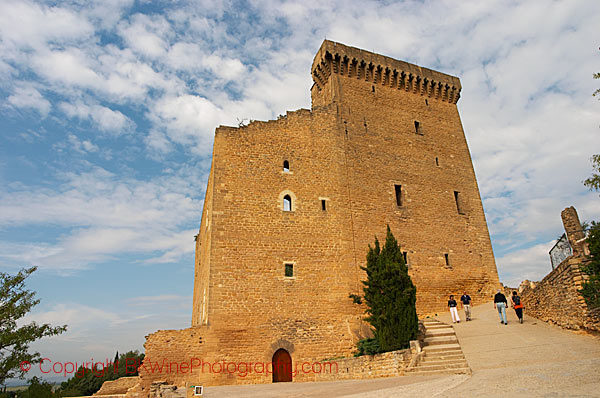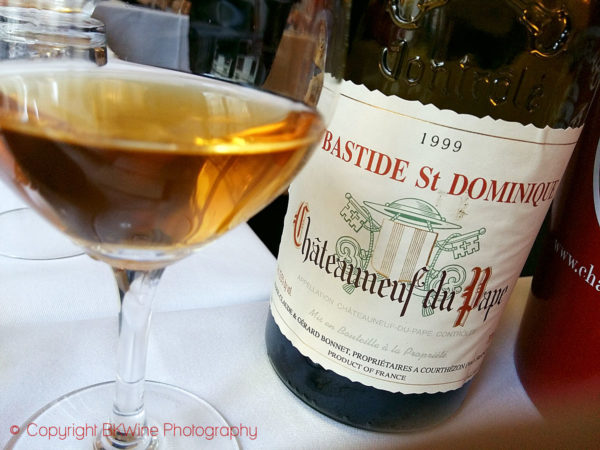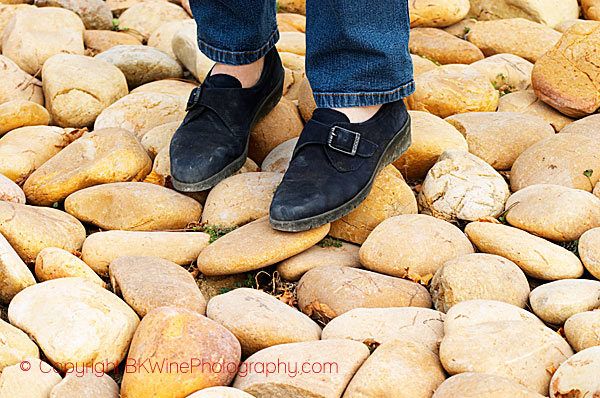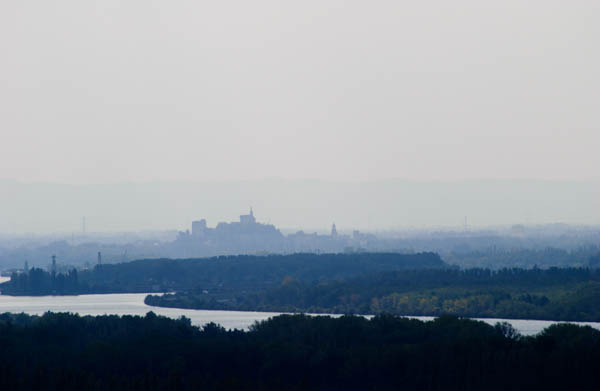Chateauneuf-du-Pape is one of France’s most exclusive appellations. It covers only 3200 hectares (less than e.g. Chablis in Burgundy). It is famous for its rich and powerful red wines. Only 7% of the production is white, so the white Chateauneufs can almost be considered a rarity.
but if they are hard to find it is certainly worth making the effort to seek them out. The whites are also rich and powerful but often with an astonishing freshness and with an amazing palette of different aromas, ranging from citrus to honey. They are also wines that can age very well and turn into gems (also in colour) to savour with a gastronomic meal.
Read more on this in Britt’s article on Forbes: Rich And Rare: White Châteauneuf-du-Pape.

Here’s the introduction:
White Châteauneuf-du-Pape is one of the rarest and most prestigious wines in France. For most people Châteauneuf-du-Pape in the southern Rhône Valley means red wine. This is understandable because only 7% of the wines are white.
But these whites are well worth seeking out. They are delicious and some of France’s most full-bodied and rich whites. They also age beautifully. Because of their intensity and body they are wonderful with food and you can pair them with not only fish (preferably grilled or with a creamy sauce) but also with duck breast and all kinds of white meat.
Unusual for such a high quality white wine, Châteauneuf-du-Pape can be a made from a variety of different grape varieties.
The most common grapes used are Grenache Blanc, Roussanne, Clairette Blanche and Bourboulenc. But others are used as well: Clairette Rose, Grenache Gris, Picardan Blanc, Piquepoul Blanc and Piquepoul Gris. Every grape adds something to the wine, say the producers, even if used in very small quantities.
[…]
Read all of Britt’s article on BKWine on Forbes.













